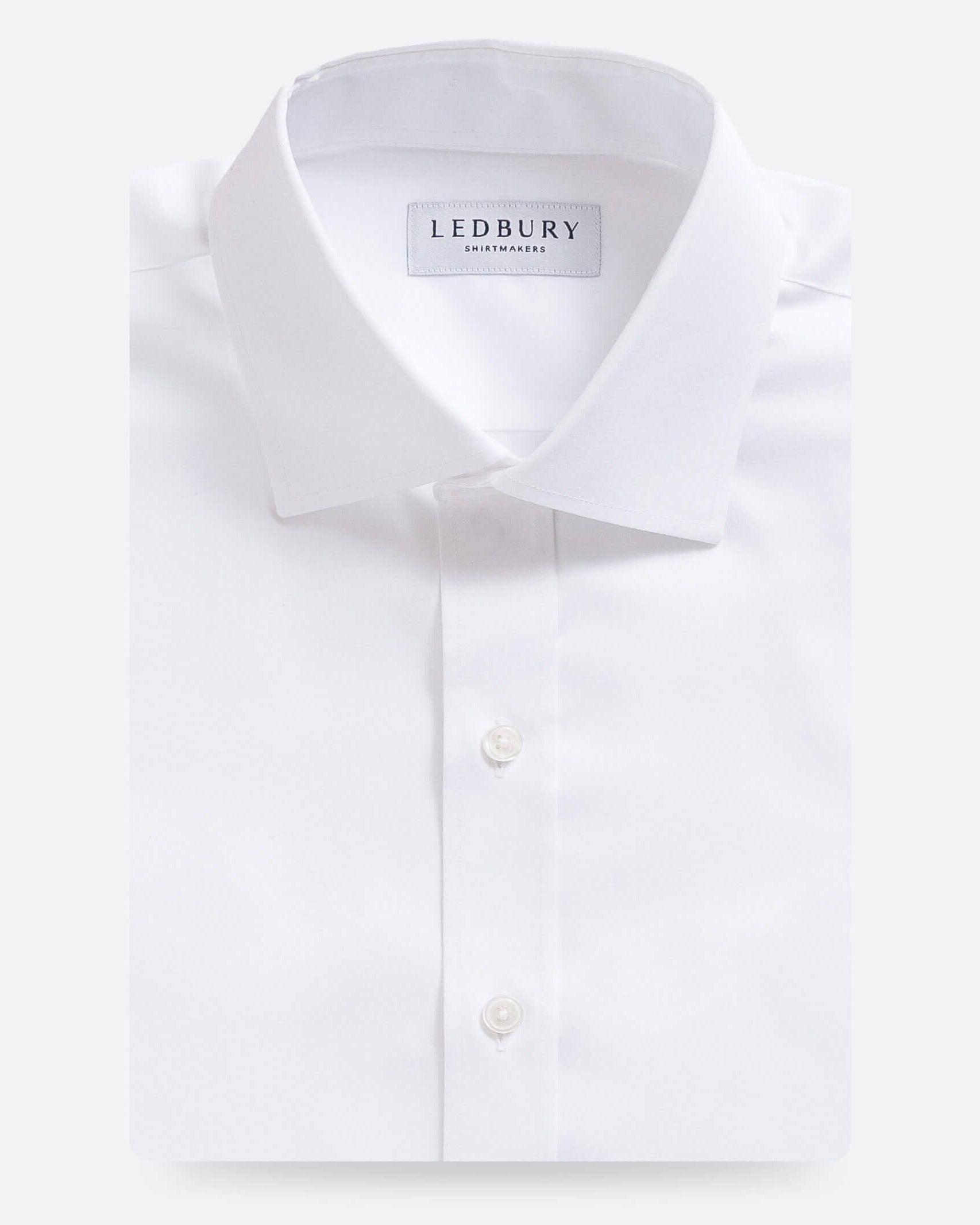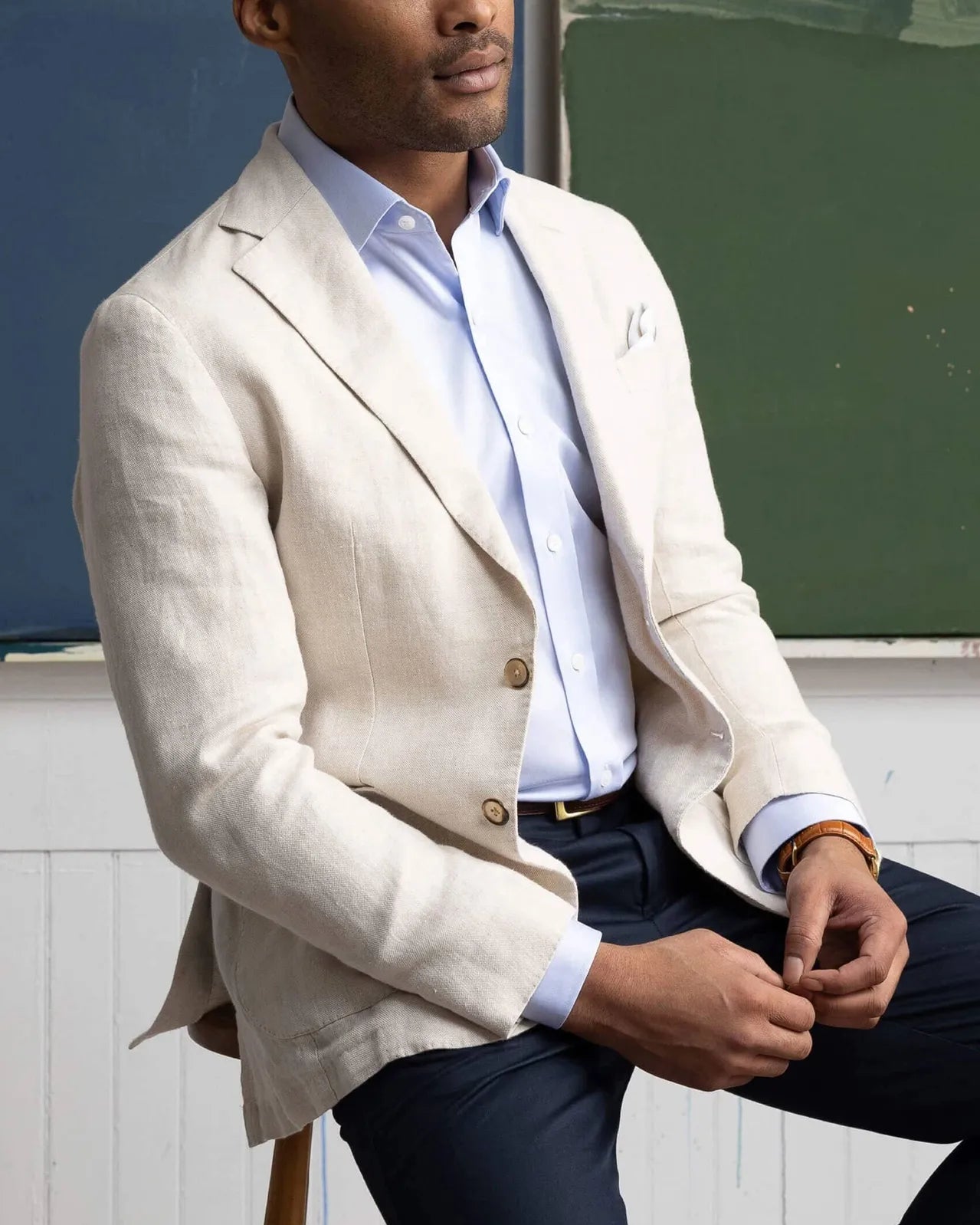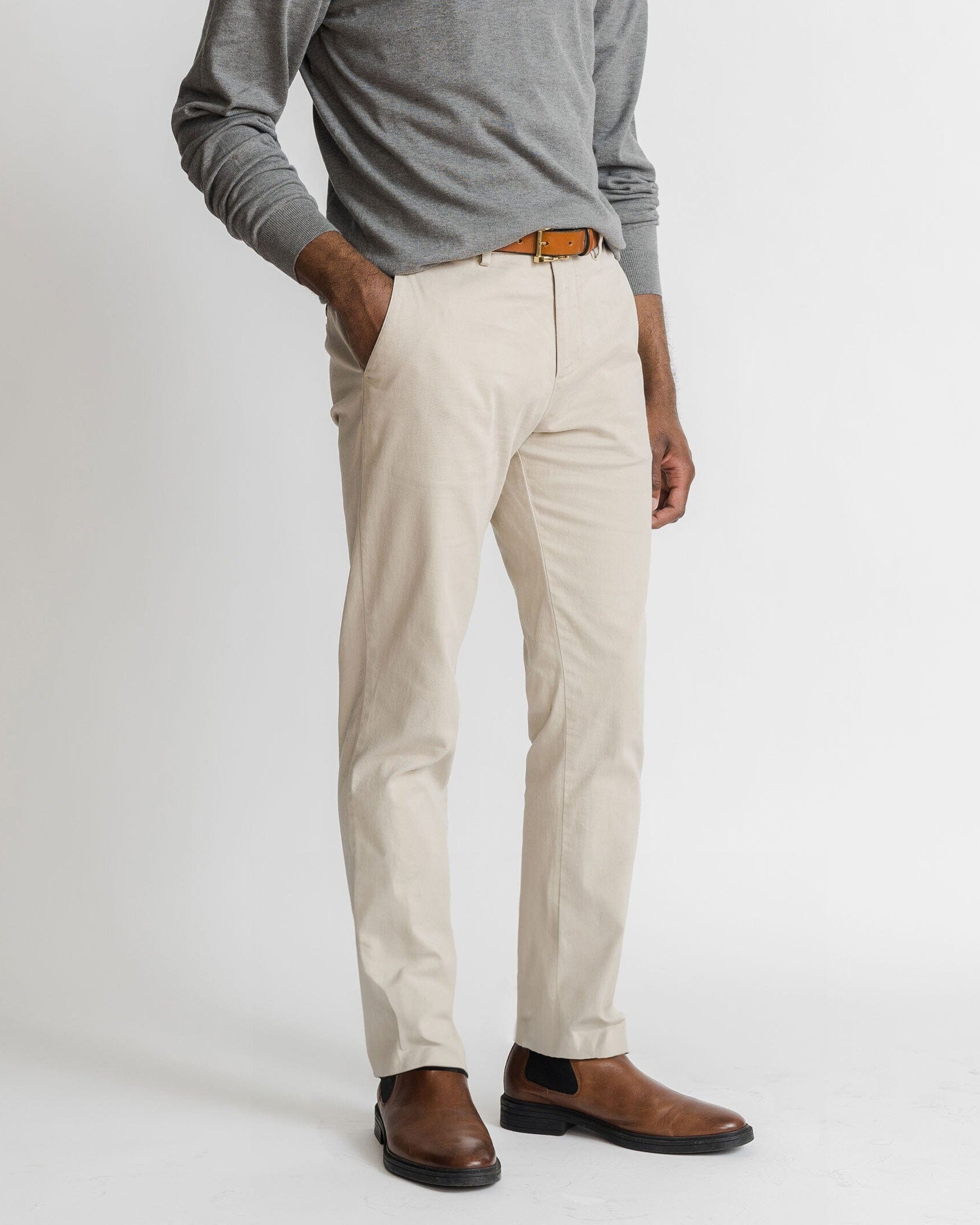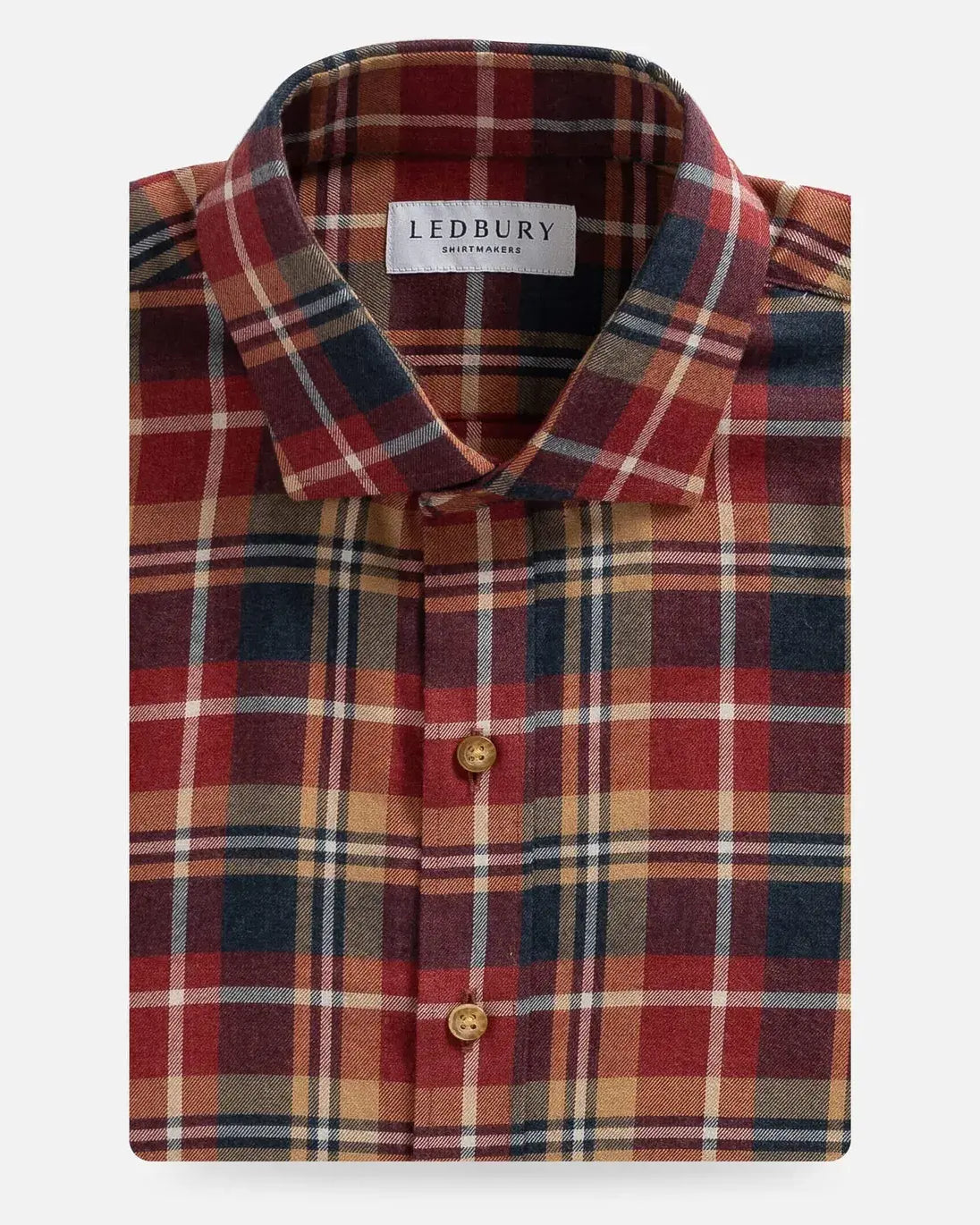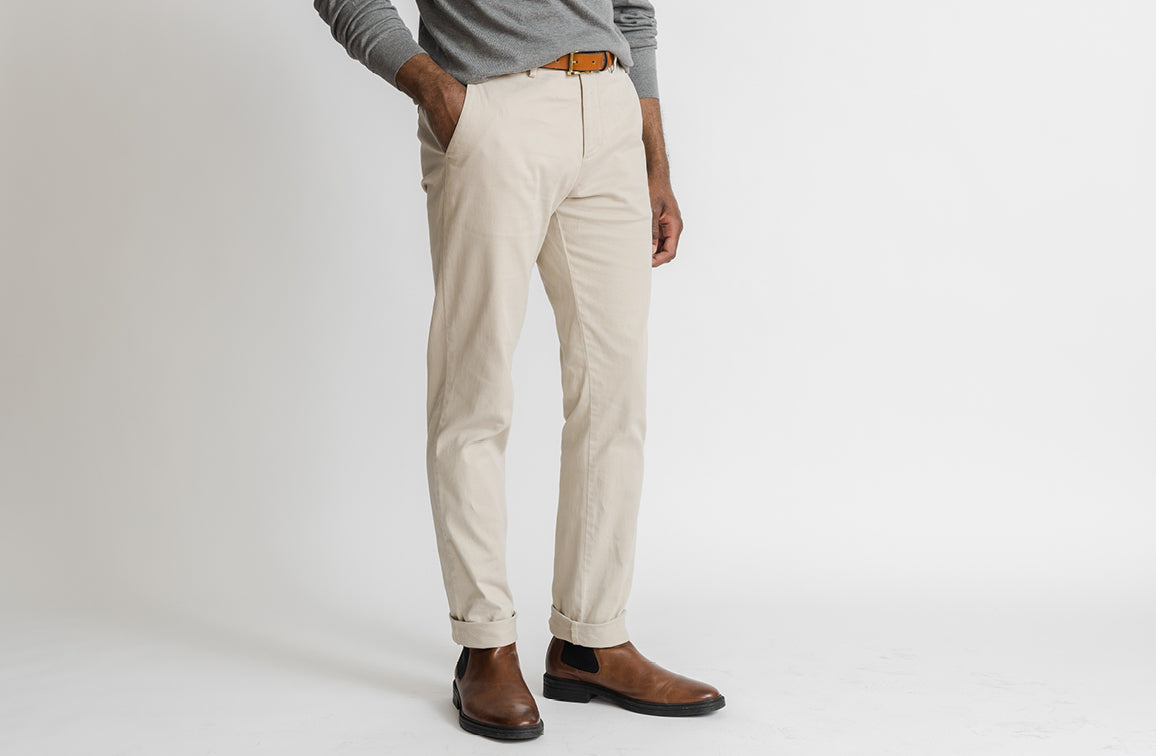





 When you come across the nicest pair of speakers that you’ve seen in a while, you take note of the maker. In this case, the responsible party is local. Fern & Roby is a design house and manufacturer based in Richmond, VA. They produce finely crafted tables from reclaimed wood, small metal wares, and, of course, a handsome set of speakers. Authenticity and craftsmanship is immediately evident in everything that they make. We wanted to know more about their product and brand, so we recently caught up with Christopher Hildebrand and Sara Moriarty, the husband and wife team behind Fern & Roby. We were also hoping to get a closer look at those speakers.
Can you give us some background on how you got into building and what factors lead to Fern & Roby’s launch?
Chris: I’m one of the founding partners of Tektonics Design Group. We’re a contract design and manufacturing firm that my partner, Hinmaton Hisler, and I started in 2003. Our principle model is about implementing other people’s design ideas and becoming part of their design and fabrication team. We work with architects, contractors, interior designers, and end users to make custom furniture, ornamental models, building components, wood projects and architectural metals. With all of our capability in industrial design and manufacturing, we looked at ourselves and asked, “Why don’t we build our own stuff?”
It didn’t make sense for Tektonics to sell its own products and furniture. I knew that I had to separate the brands and make Fern & Roby its own thing. It’s a totally different model that requires managing it differently to make it work right. It took a couple of years to really flesh out the products into figuring out the identity of the brand.
How has the decision to be based in the Manchester neighborhood influenced your creative process?
Sarah: Richmond has a strong industrial past, particularly with metal working. Unlike other areas of the city, such as Scott’s Addition, Manchester will remain connected to its industrial past. This part of Manchester will always be industrial, so it allows us to collaborate with many local makers. Richmond, as a community, is pretty welcoming. Chris would often introduce himself to other businesses in Manchester; find out what they do and tell them what we do. O.K. Foundry Co., for example, became a client of ours and we became a client of theirs. There are many stories like that and there’s a lot of intersection of trades in Manchester.
Chris: We get our pine from another Manchester business, E.T. Moore Manufacturing. They are a family owned business that finds places where they can salvage wood – old warehouse, barns, and places like that. Heart pine is an essentially extinct Southern wood, so the only way to get it is through salvage.
Your products are beautiful. Was the use of reclaimed wood an intentional decision?
Chris: In doing custom contract design and fabrication, we have to make what our clients specified. There’s often a lot of waste, and a lot of the time, the materials aren’t domestic, salvaged, or recycled. When I started looking at what I wanted to use as our standard offering in our product line, I wanted to satisfy three things: use materials that had a story, were responsibly sourced, and I could control the cost of the materials. At the core, I’m most interested in materials that speak to the narrative of their existence. That’s what I like about the slab tables; you still see the form and its innate nature as a tree. The form and the concept of a finished object is really about origins.
Understanding the history of an object allows you to become more connected to it. This is most likely why the speakers stand out so much. How has the response been to them?
Chris: We have a partnership with an audio engineering firm. They helped us build the crossovers and assisted in the shape of the design. We had a soft landing and got a great response. That’s been really gratifying because we wanted to make something that not only looked great, but sounded really good.
Sarah: We went through a couple of iterations of the speaker to get feedback from the audiophile community. I feel like the audio components of Fern & Roby make a more dynamic product line. They’re pulling people from different demographics into the Fern & Roby product line. Men and women, people of different ages and interests. There’s an intersection of different ideas and passions through music and socializing. That’s what we’re all about.
You’re a young company with a tremendous amount of potential. What are your future goals for the brand and what more can we expect to see from Fern & Roby?
Chris: We have goals and objectives to expand through our different product lines. We also want to continue to engage with more people who have an interest in the products that we’re making.
Sarah: Now we have tables, benches, speakers, and small wares. Chris has been interested in additional tables, a credenza, and fleshing out domestic products. We’d be excited to make a lamp.
Chris: In the short run, our goal is to gain exposure and for Fern & Roby to support and replace some of the work that we want to get out of for Tektonics. It gives us more ability to control and select the projects that we want to do and make better decisions. It’s exciting to see it all take shape.
When you come across the nicest pair of speakers that you’ve seen in a while, you take note of the maker. In this case, the responsible party is local. Fern & Roby is a design house and manufacturer based in Richmond, VA. They produce finely crafted tables from reclaimed wood, small metal wares, and, of course, a handsome set of speakers. Authenticity and craftsmanship is immediately evident in everything that they make. We wanted to know more about their product and brand, so we recently caught up with Christopher Hildebrand and Sara Moriarty, the husband and wife team behind Fern & Roby. We were also hoping to get a closer look at those speakers.
Can you give us some background on how you got into building and what factors lead to Fern & Roby’s launch?
Chris: I’m one of the founding partners of Tektonics Design Group. We’re a contract design and manufacturing firm that my partner, Hinmaton Hisler, and I started in 2003. Our principle model is about implementing other people’s design ideas and becoming part of their design and fabrication team. We work with architects, contractors, interior designers, and end users to make custom furniture, ornamental models, building components, wood projects and architectural metals. With all of our capability in industrial design and manufacturing, we looked at ourselves and asked, “Why don’t we build our own stuff?”
It didn’t make sense for Tektonics to sell its own products and furniture. I knew that I had to separate the brands and make Fern & Roby its own thing. It’s a totally different model that requires managing it differently to make it work right. It took a couple of years to really flesh out the products into figuring out the identity of the brand.
How has the decision to be based in the Manchester neighborhood influenced your creative process?
Sarah: Richmond has a strong industrial past, particularly with metal working. Unlike other areas of the city, such as Scott’s Addition, Manchester will remain connected to its industrial past. This part of Manchester will always be industrial, so it allows us to collaborate with many local makers. Richmond, as a community, is pretty welcoming. Chris would often introduce himself to other businesses in Manchester; find out what they do and tell them what we do. O.K. Foundry Co., for example, became a client of ours and we became a client of theirs. There are many stories like that and there’s a lot of intersection of trades in Manchester.
Chris: We get our pine from another Manchester business, E.T. Moore Manufacturing. They are a family owned business that finds places where they can salvage wood – old warehouse, barns, and places like that. Heart pine is an essentially extinct Southern wood, so the only way to get it is through salvage.
Your products are beautiful. Was the use of reclaimed wood an intentional decision?
Chris: In doing custom contract design and fabrication, we have to make what our clients specified. There’s often a lot of waste, and a lot of the time, the materials aren’t domestic, salvaged, or recycled. When I started looking at what I wanted to use as our standard offering in our product line, I wanted to satisfy three things: use materials that had a story, were responsibly sourced, and I could control the cost of the materials. At the core, I’m most interested in materials that speak to the narrative of their existence. That’s what I like about the slab tables; you still see the form and its innate nature as a tree. The form and the concept of a finished object is really about origins.
Understanding the history of an object allows you to become more connected to it. This is most likely why the speakers stand out so much. How has the response been to them?
Chris: We have a partnership with an audio engineering firm. They helped us build the crossovers and assisted in the shape of the design. We had a soft landing and got a great response. That’s been really gratifying because we wanted to make something that not only looked great, but sounded really good.
Sarah: We went through a couple of iterations of the speaker to get feedback from the audiophile community. I feel like the audio components of Fern & Roby make a more dynamic product line. They’re pulling people from different demographics into the Fern & Roby product line. Men and women, people of different ages and interests. There’s an intersection of different ideas and passions through music and socializing. That’s what we’re all about.
You’re a young company with a tremendous amount of potential. What are your future goals for the brand and what more can we expect to see from Fern & Roby?
Chris: We have goals and objectives to expand through our different product lines. We also want to continue to engage with more people who have an interest in the products that we’re making.
Sarah: Now we have tables, benches, speakers, and small wares. Chris has been interested in additional tables, a credenza, and fleshing out domestic products. We’d be excited to make a lamp.
Chris: In the short run, our goal is to gain exposure and for Fern & Roby to support and replace some of the work that we want to get out of for Tektonics. It gives us more ability to control and select the projects that we want to do and make better decisions. It’s exciting to see it all take shape.
If you read this post and buy these speakers, you are morally obligated to invite us over for a listen. To learn more about Fern & Roby, visit their website here.

